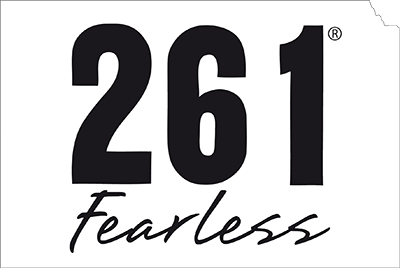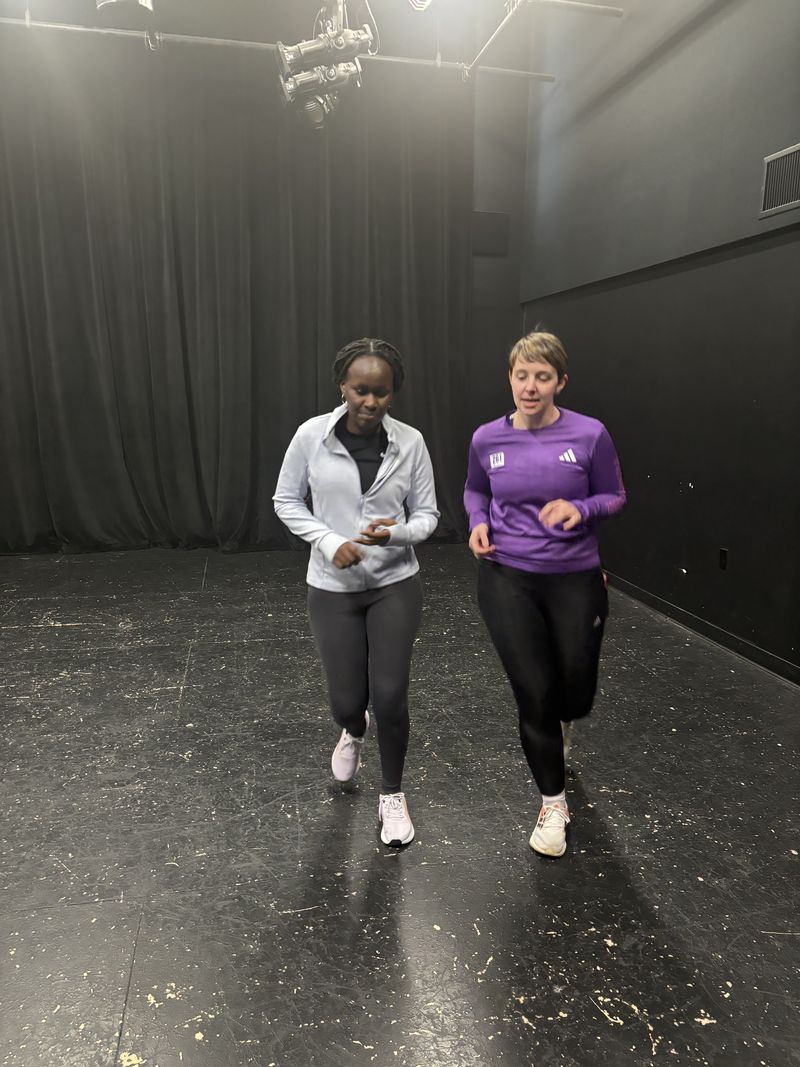By 2024, women accounted for only 35% of study participants in medical trials and only 10% of new drugs list side effects separately for men and women.
But we know...
...women's hearts tend to be up to 30% smaller than men's.
...women tend to have a lower blood volume than men.
...women tend to have shorter limbs and a longer torso than men.
...on average, women have 10-12% less haemoglobin per kg of body weight than men.
...women tend to have a 5-10% higher body fat than men.
...women have a monthly cycle from puberty until the menopause, with a few exceptions due to illness or external hormone intake.
And despite these clear distinctions, the "gender data gap" in medical and sports science studies, i.e. the fact that women only make up a fraction of study participants, still exists today.
Gender-based medicine is key
Thanks to a women’s campaign, it is now widely known that the symptoms of a heart attack in women differ from those in men, but the gender gap is not just about cardiovascular disease. Hormones and genes shape cells in the body differently for men and women, which affects many diseases and the way the body processes medication.
Although researchers are aware of this, drugs are still mostly developed on male mice only and tested on young men first. The frequent non-inclusion of women in studies is attributed to several potential causes, including the hormonal fluctuations that occur during the menstrual cycle and pregnancy. The fluctuations that occur during the menstrual cycle create a number of variables that can affect performance and well-being, creating difficulties in study design and the subsequent interpretation of results.
What can we do?
For your own health, it is particularly important to consider and question a few things when you visit the doctor: Has the medication been tested on women? Do I need a different dosage? Is there a women-specific therapy? Of course, this in turn requires knowledge of the differences and recognition of the problem by medicine, which is still dominated by men. It’s really important to talk about the problem with others – your colleagues, friends or running buddies. Because only if we create awareness, we can achieve change on a political level and in research, which is usually financed by external donors.



